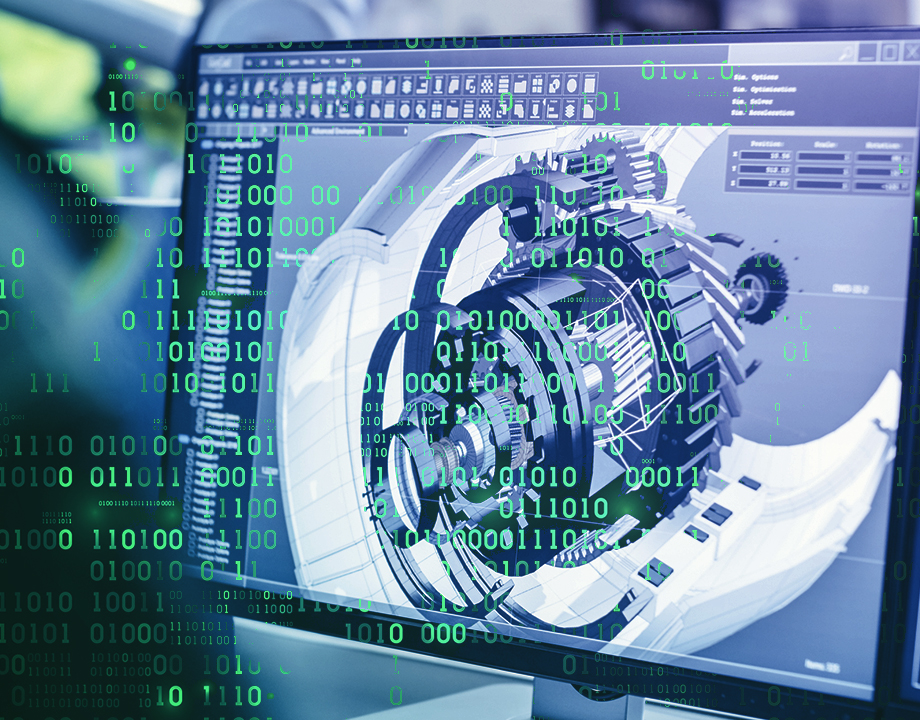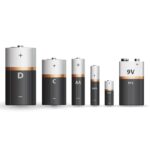Unfortunately there is no single battery technology available on the market today that can be considered as “The Solution” for all classes of portable battery operated devices. There are a variety of batteries in use, each with its own advantages and disadvantages.

There are two main categories of batteries:
(1) PRIMARY BATTERIES, sometimes also called single-use, or “throw-away” batteries because they have to be discarded after they run empty as they cannot be recharged for reuse. Primary batteries can produce current immediately on assembly. Disposable batteries are intended to be used once and discarded. These are most commonly used in portable devices that have low current drain, are only used intermittently, or are used well away from an alternative power source, such as in alarm and communication circuits where other electric power is only intermittently available. Disposable primary cells cannot be reliably recharged, since the chemical reactions are not easily reversible and active materials may not return to their original forms. Battery manufacturers recommend against attempting to recharge primary cells.
Primary Batteries include-
a)Carbon Zinc (aka. ‘Heavy Duty’) — The lowest cost primary cell (household) is the zinc-acidic manganese dioxide battery. They provide only very low power, but have a good shelf life and are well suited for clocks and remote controls.
b)Alkaline — The most commonly used primary cell (household) is the zinc-alkaline manganese dioxide battery. They provide more power-per-use than Carbon-zinc and secondary batteries and have an excellent shelf life.
c)Lithium Cells — Lithium batteries offer performance advantages well beyond the capabilities of conventional aqueous electrolyte battery systems. Their shelf-life can be well above 10-years and they will work at very low temperatures. Lithium batteries are mainly used in small formats (coins cells up to about AA size) because bigger sizes of lithium batteries are a safety concern in consumer applications. Bigger (i.e. ‘D’) sizes are only used in military applications.
d)Silver Oxide Cells – These batteries have a very high energy density, but are very expensive due to the high cost of silver. Therefore, silver oxide cells are mainly used in button cell format for watches and calculators.
e)Zinc Air Cells – These batteries have become the standard for hearing aid batteries. They have a very long run time, because they store only the anode material inside the cell and use the oxygen from the ambient air as cathode.
(2) SECONDARY BATTERIES, mostly called rechargeable batteries because they can be recharged for reuse. They are usually assembled with active materials in the discharged state. Rechargeable batteries or secondary cells can be recharged by applying electric current, which reverses the chemical reactions that occur during its use. Devices to supply the appropriate current are called chargers or rechargers.
Secondary batteries include-
a)Rechargeable Alkaline – Secondary alkaline batteries, the lowest cost rechargeable cells, have a long shelf life and are useful for moderate-power applications. Their cycle life is less than most other secondary batteries, but they are a great consumer’s choice as they combine the benefits of the popular alkaline cells with the added benefit of re-use after recharging. They have no toxic ingredients and can be disposed in regular landfills (local regulations permitting).
b)Nickel-Cadmium – Secondary Ni-Cd batteries are rugged and reliable. They exhibit a high power capability, a wide operating temperature range, and a long cycle life, but have a low run time per charge. They have a self-discharge rate of approximately 30% per month. They contain about 15% toxic, carcinogenic cadmium and have to be recycled.
c)Nickel-Metal Hydride – Secondary NiMH batteries are an extension of the old fashioned NiCd batteries. NiMH batteries provide the same voltage as NiCd batteries, but offer at least 30% more capacity. They exhibit good high current capability, and have a long cycle life. The self discharge rate is higher than NiCd at approximately 40% per month. NiMH cells contain no toxic cadmium, but they still contain a large amount of nickel oxides and also some cobalt, which are known human carcinogens and should be recycled.
d)Lithium Ion – Secondary Li-Ion batteries are the latest breakthrough in rechargeable batteries. They are at least 30% lighter in weight than NiMH batteries and provide at least 30% more capacity. They exhibit good high current capability, and have a long cycle life. The self-discharge rate is better than NiMH at approximately 20% per month. Overheating will damage the batteries and could cause a fire. Li-Ion cells contain no toxic cadmium, but they still contain either cobalt oxides or nickel oxides, which are known human carcinogens and should be recycled.
e)Lead-Acid — Secondary lead-acid batteries are the most popular rechargeable batteries worldwide. Both the battery product and the manufacturing process are proven, economical, and reliable. However, because they are heavy, Lead-Acid batteries are not being used in portable, consumer applications. Lead is a toxic, carcinogenic compound and should not enter the regular waste stream. Recycling of Lead-Acid batteries is the environmental success story of our time, approx. 93% of all battery lead is being recycled today in reused in the production of new Lead-Acid batteries.
Primary Alkaline Batteries are long lasting, single-use batteries. They will give good performance in all battery devices. Most standard alkaline batteries give you similar performance, regardless of brand. Rechargeable Alkaline Batteries use a revolutionary type of battery technology that provides the long life of alkaline cells, but can be reused 25 times or more. Rechargeable batteries are ideal for many of your frequently used electronic devices. And because Rechargeable Alkaline Batteries give longer life per charge, hold their power in storage and are precharged when you buy them, they work far better than the old fashioned NiCd rechargeable batteries.
Using rechargeable alkaline batteries instead of single use, primary batteries will result in cost savings that can add up to hundreds of dollars. Nickel Metal Hydride (NiMH) batteries meet the demanding power needs for today’s high-tech devices, such as digital cameras, handheld TVs, two-way radios, and personal organizers. NiMH batteries can last three times longer than any alkaline in digital cameras. NiMH can be charged many hundred times resulting in cost savings that can add up to hundreds of dollars. Heavy Duty batteries can be used in non-motor driven devices with low drain, such as radios, remote controls, smoke alarms and clocks.
In devices like these, Heavy Duty batteries will give good performance at a minimal initial cost. However, over the lifetime of the application a rechargeable alkaline cell would provide a much better value and actually save you some money. Most batteries can be stored for long periods of time. Heavy Duty batteries will retain more than 80 % of their power, even when stored at normal household temperatures for up to four years. Single use alkaline and rechargeable alkaline batteries can be stored for up to seven years retaining 80% of its power.
NiMH batteries on the other hand have a fairly rapid self-discharge losing about 40% of their rated capacity per month; hence, one pretty much has to recharge a NiMH battery before each use after prolonged periods of storage.


